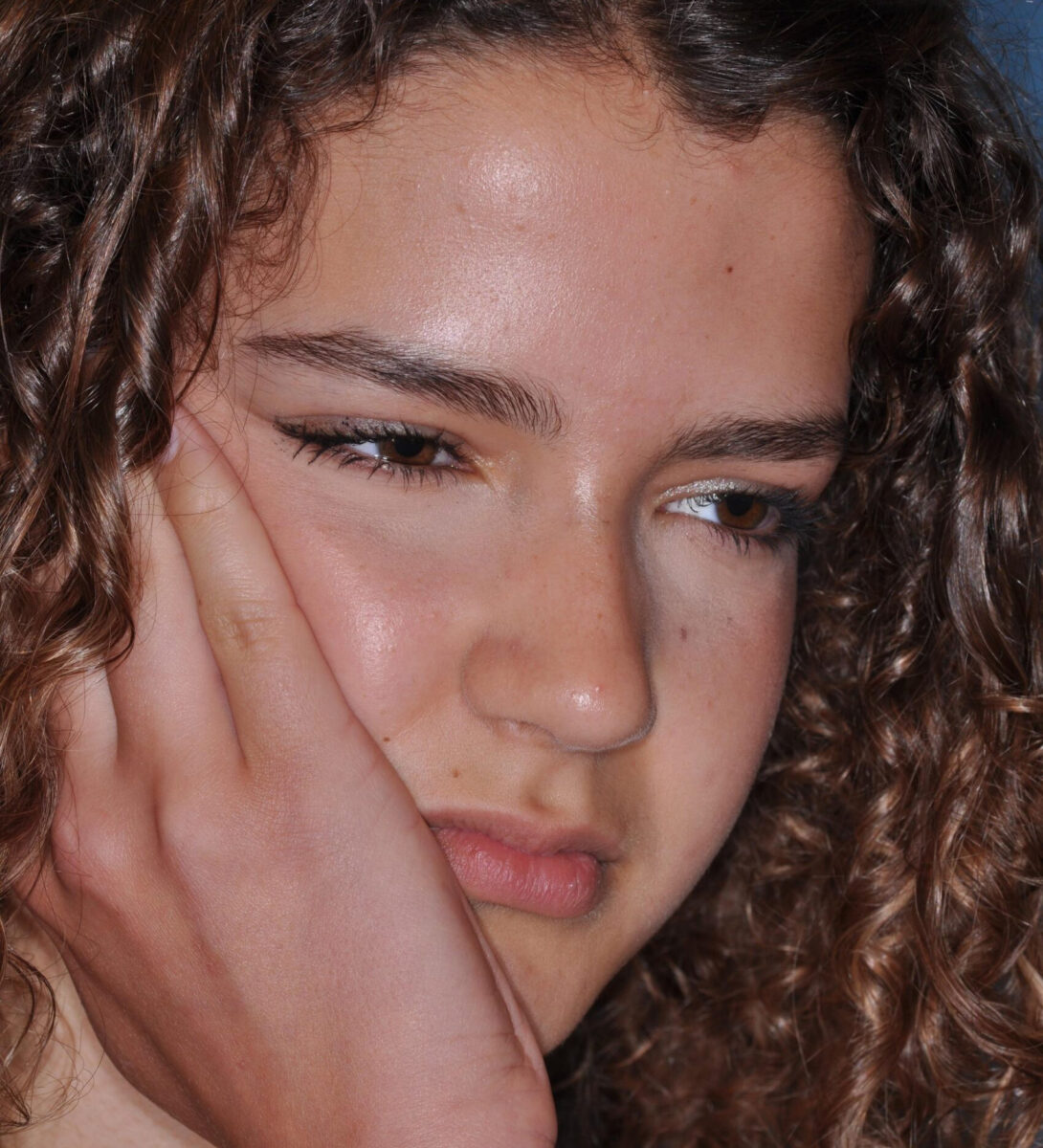TMJ or temporomandibular joint(s), refers to the 2 joints on both sides of the head in front of the ears. This join(s) connects your lower jaw (mandible) to your skull. Problems in this area are also broadly known as TMD, temporomandibular disorder and are quite common – affecting 25-30% of the population in Canada. Symptoms can occur on both sides of the face or just one side.
Initially, you can try methods of self-care which may offer some relief:
- eat soft foods
- limit jaw movements (don’t open too wide)
- avoid sticky chewy foods and chewing gum
- reduce stress if possible
- apply cold or warm compresses to jaw
- gently massage jaw muscles


If symptoms persist longer term and you experience any of the following, seek advice from your dental care provider:
- pain/tenderness in the jaw
- tightness in the jaw
- headaches
- earaches
- other facial pain
- popping or clicking sounds
- teeth grinding
Conservative treatment for TMJ and night grinding calls for a new generation acrylic appliance called a night guard which is worn on either the upper or lower teeth. After impressions are taken, the dental lab 3D scans the models and fabricates the night guard to produce an intimate comfortable fit. When a patient wears the nightguard for sleeping, it gives relief when the upper and lower teeth of the jaws can move smoothly across the contact surface. Some patients swear they cannot sleep without their night guard.
TMJ can be quite a complex issue and if necessary, your dentist may refer you to another professional member of the “TMJ Team” for further treatment.
